A cello bow made from IPE wood, also known as Brazilian walnut, offers a unique blend of strength, durability, and performance. This wood, known for its dense and resilient properties, is increasingly popular among string musicians for its ability to produce a rich and powerful sound. Here’s a detailed look at a cello bow made from IPE wood and a violin bow.
Key Features of IPE Wood Cello Bow
Material
- IPE Wood: Known for its exceptional strength and density, IPE wood provides durability and a smooth playing experience.
- Durability: Resistant to wear and tear, making it ideal for both beginners and professionals who play regularly.
Design
- Balanced Weight: Offers a well-balanced weight distribution, ensuring ease of control and precision during play.
- Comfortable Grip: Features an ergonomic grip, often wrapped in leather or another comfortable material, to reduce hand fatigue.
Performance
- Rich Sound: Produces a powerful and rich sound, enhancing the cello’s natural tone.
- Responsive Play: Provides excellent response and control, allowing for a wide range of dynamics and articulations.
Key Features of IPE Wood Violin Bow
Material
- IPE Wood: Shares the same robust qualities as the cello bow, providing strength and longevity.
- Durability: Offers a long-lasting solution for violinists, capable of withstanding frequent use.
Design
- Balanced Weight: Ensures a well-balanced feel, crucial for precise bowing techniques.
- Comfortable Grip: Typically features a leather grip and a winding (often made from silver or imitation whalebone) for better handling.
Performance
- Enhanced Sound: Contributes to a full and vibrant sound, complementing the violin’s tonal qualities.
- Agile Response: Allows for quick, responsive play, essential for executing intricate musical passages.
Benefits
- Longevity: IPE wood bows are highly durable, providing a long-lasting investment for string musicians.
- Sound Quality: The dense nature of IPE wood enhances the instrument’s sound, offering a richer and more powerful tone.
- Playability: Well-balanced and comfortable to hold, these bows enable musicians to play with greater ease and precision.
Maintenance Tips
- Regular Cleaning: Wipe the bow stick and hair with a soft, dry cloth after each use to remove rosin dust and sweat.
- Proper Storage: Store the bow in a protective case to prevent damage from environmental factors.
- Rehairing: Periodically rehair the bow to maintain optimal playing quality. The frequency of rehairing depends on usage, typically every 6-12 months for regular players.
- Avoid Excessive Tension: Loosen the bow hair when not in use to prevent unnecessary strain on the stick.
Choosing the Right Bow
- Consider Your Level: Beginners may prefer a slightly lighter bow for ease of use, while advanced players might opt for a heavier bow for greater control and sound projection.
- Test for Balance: Ensure the bow feels balanced in your hand, with a comfortable grip and responsive action.
- Listen to the Sound: Try the bow with your instrument to assess the quality of sound it produces and its responsiveness.
IPE wood bows for cello and violin offer a combination of durability, excellent sound quality, and ease of use. Whether you’re a beginner or a professional, investing in an IPE wood bow can enhance your playing experience and help you achieve a richer, more dynamic sound. By maintaining your bow properly, you can ensure it remains a reliable part of your musical toolkit for years to come.
For more details and to explore our full range of the equipment, visit internationalviolin website.
For more professional equipment options, visit blessedtechhorizon.com


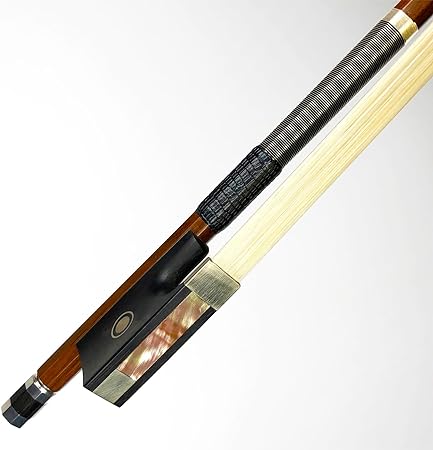
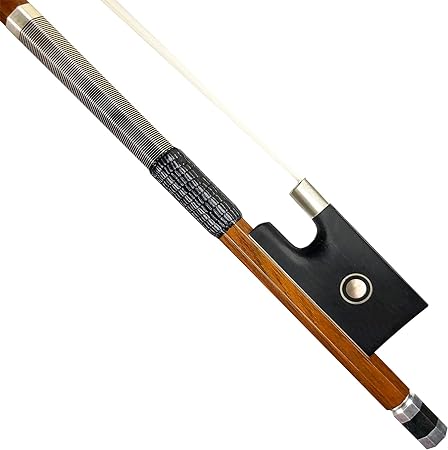
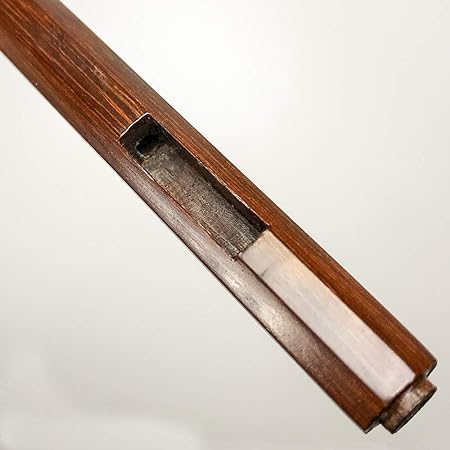
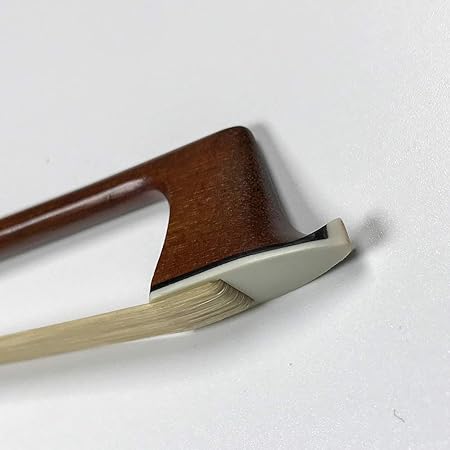
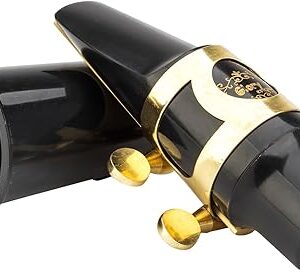
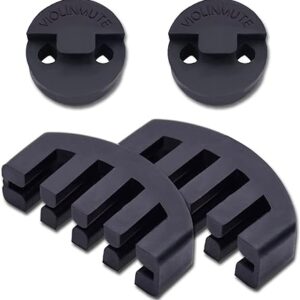
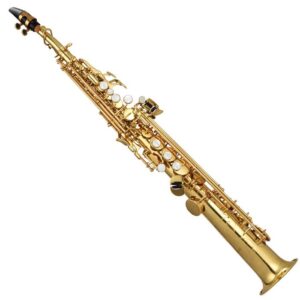

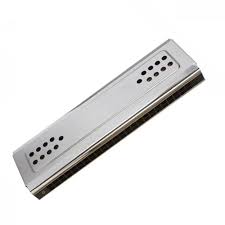
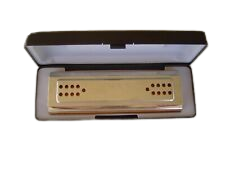
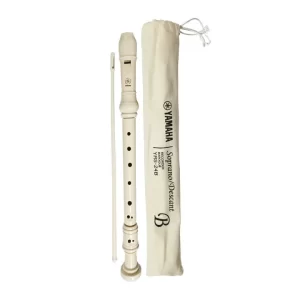
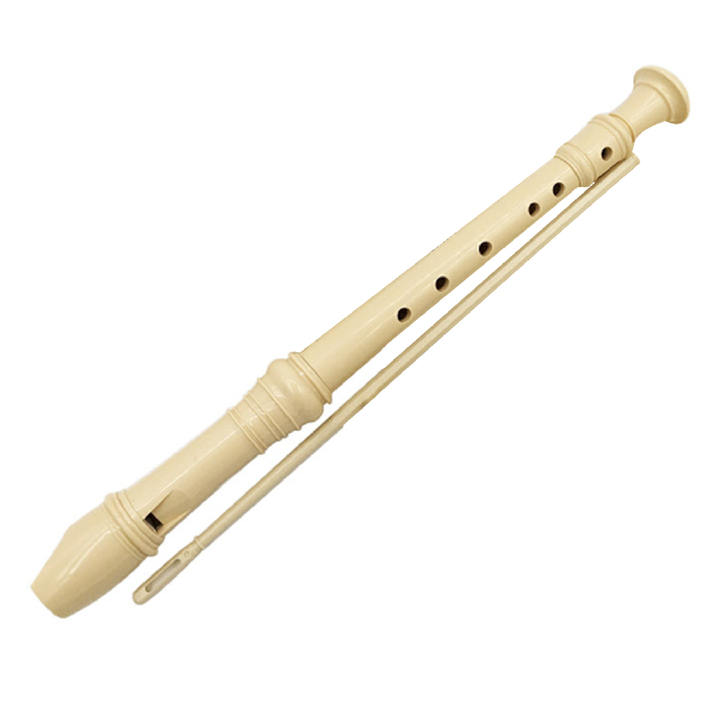
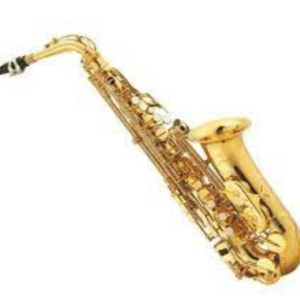
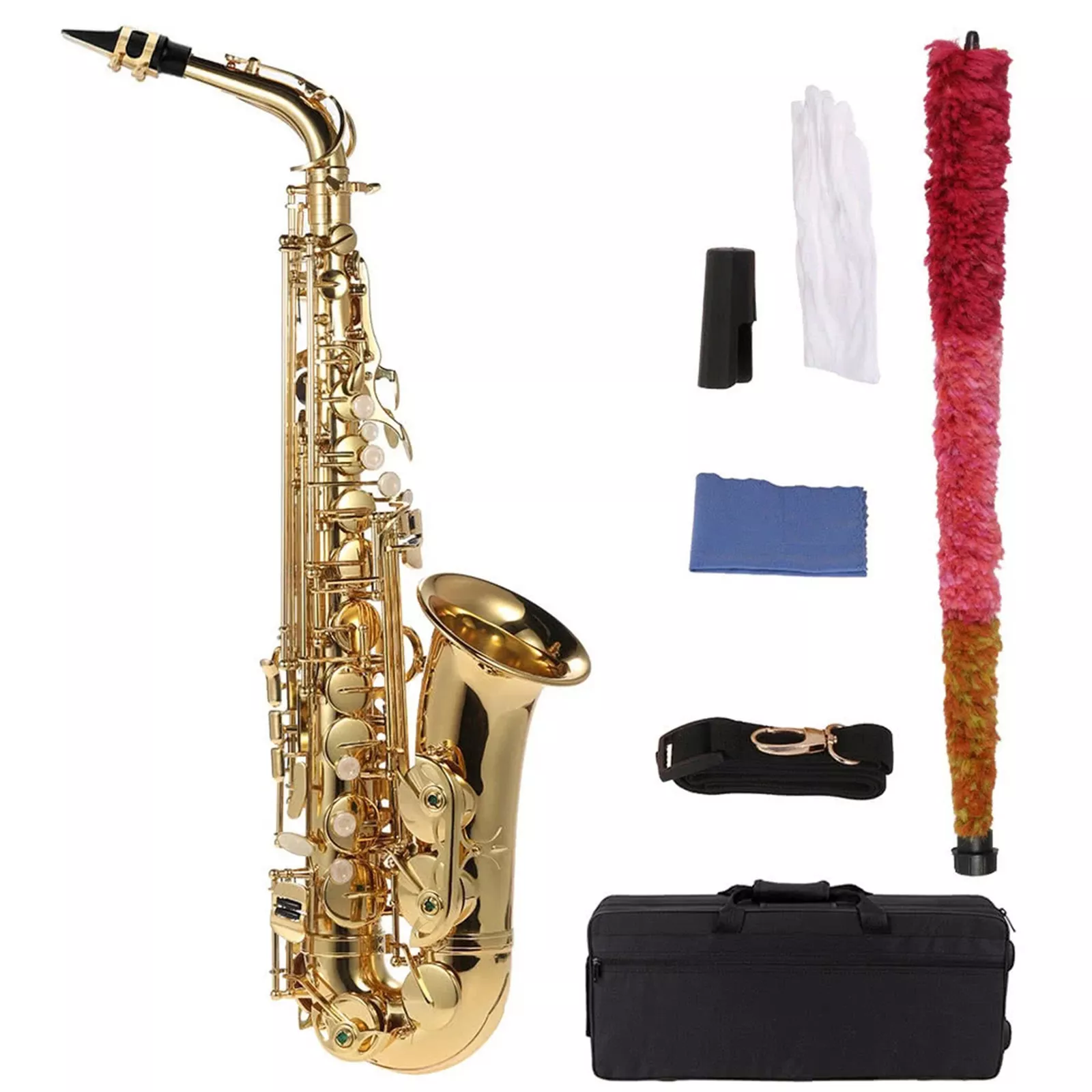
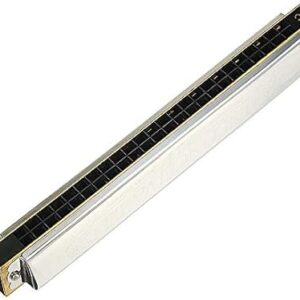
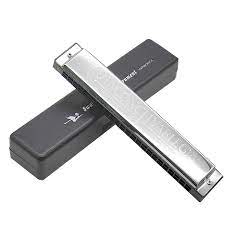
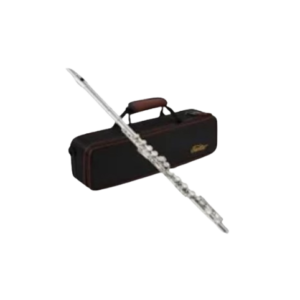
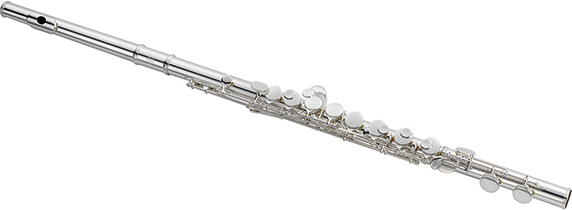
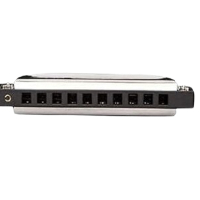

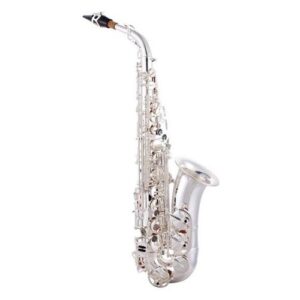
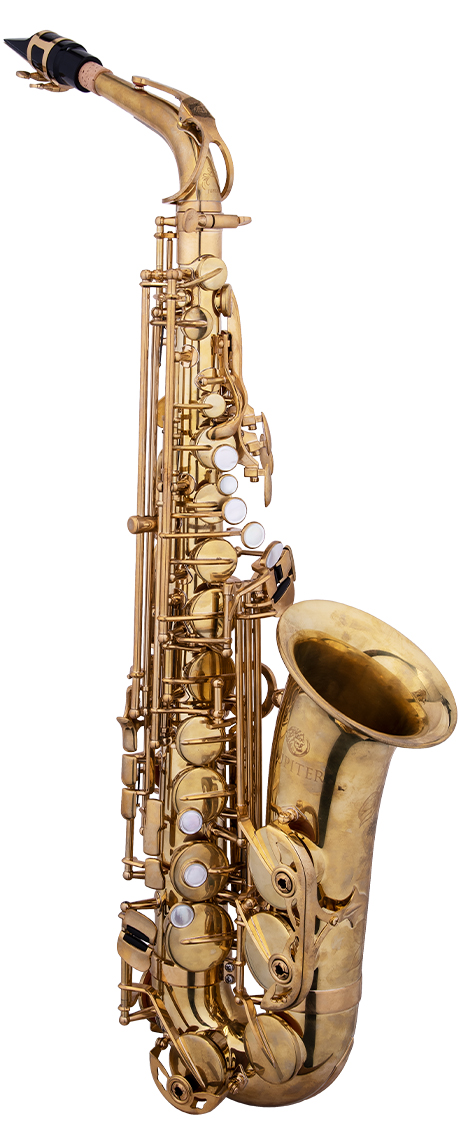

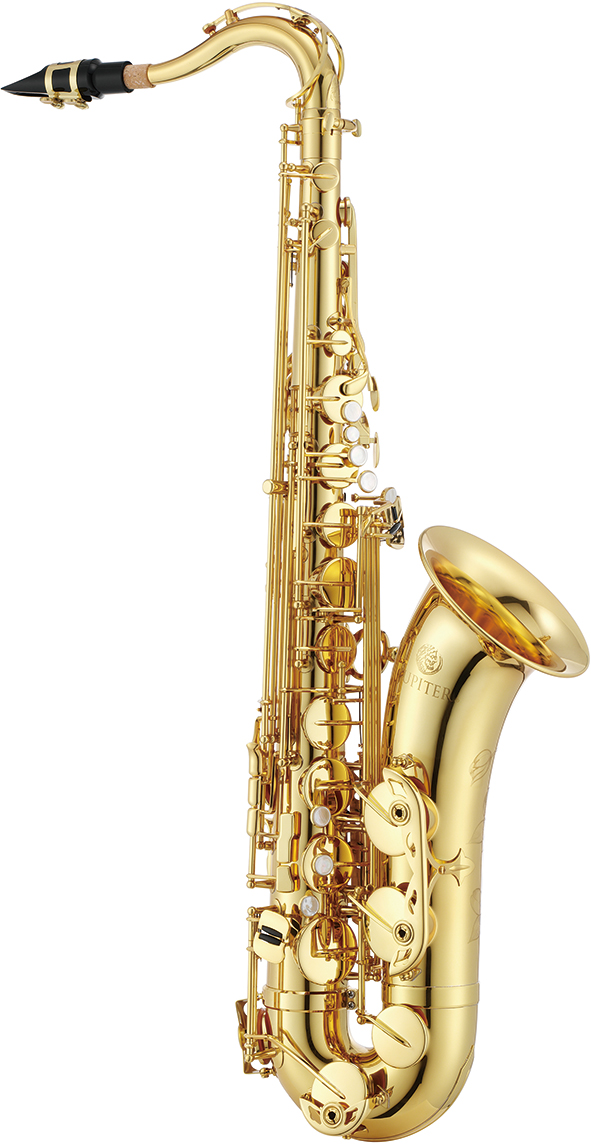
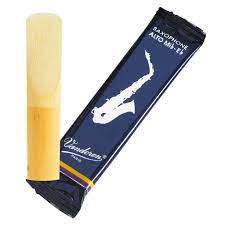
Reviews
There are no reviews yet.